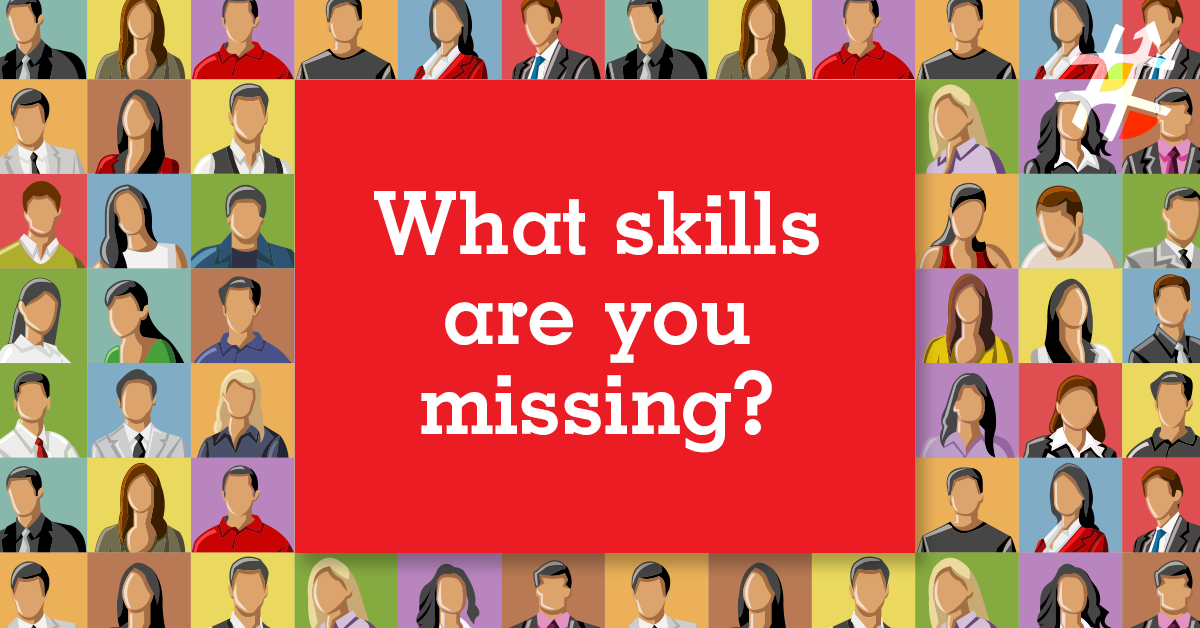Skill mapping is a data-driven strategy that can help you navigate your company to more effective employees and better outcomes.
Reflection is a luxury most cannot afford. Routines become ruts, which we follow day after day without deviation, never stopping to think because we simply don’t have the time. However, of the few silver linings we can associate with the COVID-19 pandemic, a pause for thought is one of them.
Social isolation hasn’t discriminated; rich or poor and everyone in between, we’ve all spent more time cooped up in our homes than Hilts did in the cooler.. We’ve had more time to ponder life, and the way we want to work. Make no mistake: many employees will return to the office with re-evaluated priorities, and it will be the task of managers and HR to carefully balance desires and skills in the post-pandemic workplace.
Skill mapping will be their most important tool in this initiative.
What is skill mapping?
If you’re heading into unfamiliar territory, you won’t make it very far without a map. In fact, so dependent are humans on maps that we won’t venture two suburbs away without typing an address into google. Skill mapping is your workplace equivalent, guiding your business from inefficiency to streamlined powerhouse.
Skill mapping provides a snapshot of the skills a company possesses at any given point in time. It’s a visual representation of the abilities on hand compared to what’s actually required to get the job done. This comparison allows gaps to be identified and closed. Skill mapping is objective, data-driven skill management.
Skill maps can also hone in on an individual employee’s skill levels, which can then be compared to the required skills for the role they occupy. Not only does this help the employee target relevant areas in which to improve but, if they come to you with a post-pandemic epiphany and a desire to try new things, you have a visual map that will help align their needs with the company’s needs.
Nurture Skill Acquisition
The value of human capital is in the skills they possess. We don’t know for certain what skills we’ll need post-COVID-19 but, to prepare, we need to start mapping the skills we possess now. If done correctly, when the needs of the pandemic free world become clear we’ll have the data to tell us whether we need to retain, retrain or hire to close the skill gaps.
The precious extra time we have as restrictions ease is a golden opportunity to start skill mapping. When you do, keep these five things in mind:
- Don’t forget to map soft skills
- Map both qualitative and quantitative skills
- Ensure to attain input from multiple sources for the sake of objectivity; you don’t want to fall prey to your own internal biases.
- Do not discount the importance of an employee’s desires and interests; there is little point in training an unmotivated employee.
- Skill mapping can be done at multiple levels. Choose the level that is most useful to you, not the one that is easiest.
Like all things worth doing, it’s easier said than done. Maintaining objectivity when evaluating employees can also be a tricky business. That’s why data-driven methods are so valuable, like the ones on offer at Skills Gap Analysis. We can tailor a skills gap analysis unique to you and your organisation, or you can use one of our existing skills assessment packages.
In the post-CoOVID-19 world, what’s desired and what’s required will be different. Get in touch with Skills Gap Analysis now so you can efficiently align talent with your business needs.



